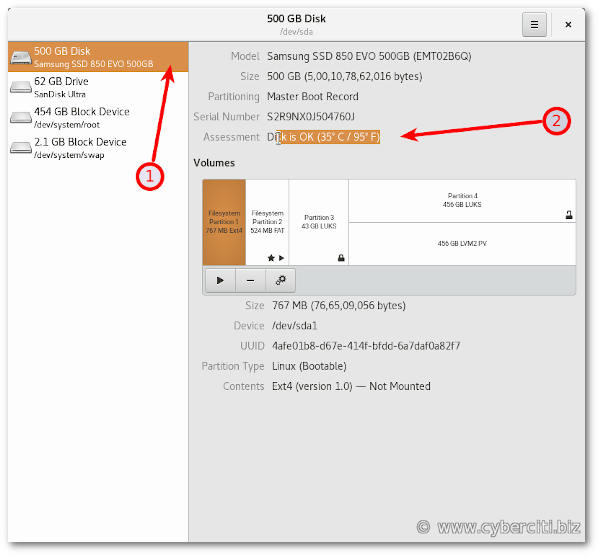
Monitorix is a free, open-source, and lightweight system monitoring tool that has been designed to monitor as many services and system resources as possible. Once you have installed it, start Glances with the following command and press f key to view sensors information.
#Linux thermal monitoring install
Run the following command install Glances on your system: curl -L | /bin/bash It is a curses-based system monitoring tool written in Python You access it via a web browser to remotely monitor your Linux server. Glances is a cross-platform real-time system monitoring tool. To launch the GUI app, simply run the following command: hardinfo Run the following command to install Hardinfo: sudo apt install hardinfoĪfter the installation is complete, you can launch hardinfo with the following command: hardinfo -rma devices.so It is basically used for hardware analysis and report generation. sudo sensors-detectĪfter detecting the available sensors on your system, run the following command to monitor CPU and GPU temperature. Run the following command to detect all the available sensors on your system. You can also monitor fans of your system with this tool.Run the following command in Ubuntu to install Sensors. It helps you to see the readings of all sensor chips including the CPU. Sensors is a command-line utility to monitor CPU and GPU temperature in Linux. Useful Tools To Monitor CPU And GPU Temperature In Ubuntu Sensors Let’s have a quick look into the list of CPU & GPU temperature monitoring tools for Ubuntu operating systems. $ sensorsīelow is the behavior of the above command.Insight: Useful Tools To Monitor CPU And GPU Temperature In Ubuntu $ sudo sensor-detect -auto Check CPU Temperature with lm_SensorsĬhecking CPU temperature requires executing the sensors command, which provides all the temperature information for chips and sensors in the system as shown below. However, the author did his best to make the detection as safe as possible. This might discomfort the chips, causing problems like SMBus lockup and permanent hardware damage. Note: Automatic mode isn’t recommended because it doesn’t know which chips are there before it recognizes them. If you are not interested in interactive mode to generate the report, then you can use the -auto option to run the detection in automatic mode as shown below. It recommends pressing YES if it is in capital letters and NO if it is in capital letters. They are usually not attempted if the second step super I/O chip is detected, providing complete hardware monitoring features. Other than the above, there are a few more detection steps that can cause some issues. Hardware monitoring chips are reachable over the SMBus or, more generally, any I2C bus on your system.Hardware monitoring chips are accessed through ISA I/O ports.Sensors are embedded in CPUs, south bridges, and memory controllers.

The above command will ask for (YES/no) to look for the below devices in order to generate the report.

#Linux thermal monitoring drivers
$ sudo pacman -S lm_sensors Configuring lm_SensorsĪfter the installation is complete, you need to execute sensors-detect command to scan your system for various hardware monitoring chips, or sensors, supported by libsensors.Įnsure all the drivers for the sensors are present in your current system before executing the below command. Users of Arch-based systems can easily install it on their system using the default pacman package manager as shown below. RHEL-based distro users can install it using the current DNF package manager as shown below. To install lm-sensors, open the terminal by pressing Ctrl + Alt + T or Ctrl + Shift + T keyboard shortcut keys, and then use any of the below commands depending upon your Linux distribution.ĭebian-based distros such as Ubuntu provide a hand-on method to install lm-sensors using the apt package manager as shown below. However, Linux distributions do not pack this tool with the operating system. Lm-sensors is a simple command-line utility to output the current reading of all sensor chips in your system.


 0 kommentar(er)
0 kommentar(er)
